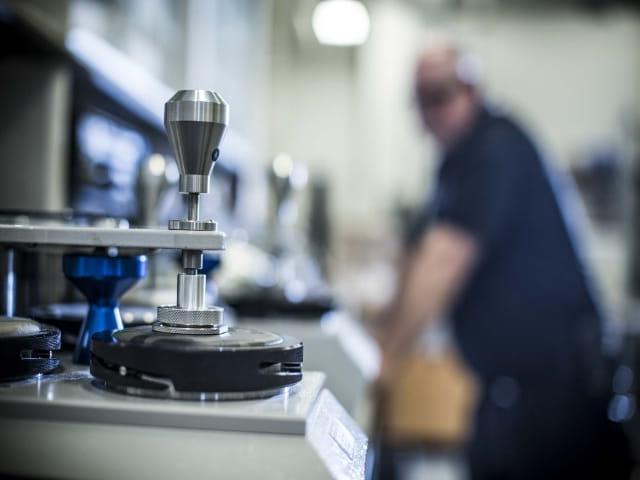When friction is the predominant factor causing deterioration of your materials, abrasion and wear testing provides data to compare materials or coatings and can help you predict the lifetime of your product.
Abrasion & Wear testing evaluates resistance of materials and coatings to deterioration
Abrasion testing is used to test the abrasive resistance of solid materials. Materials such as metals, composites, ceramics, and thick (weld overlays and thermal spray) coatings can be tested with these methods. The intent of abrasion testing is to produce data that will reproducibly rank materials in their resistance to scratching abrasion under a specified set of conditions.
We offer various abrasion and wear test methods, and can assist in choosing the best method for your project. Our engaged experts work diligently to help make certain your materials are safe, quality, compliant and fit for purpose.
Abrasion test methods:
Pin abrasion, rubber wheel abrasion, taber abrasion, falling sand abrasion & RCA abrasion
Element’s material testing engineers perform fast, repeatable testing to help you predictively rank your materials in a similar relative order of merit as would occur in an abrasive environment.
- Pin abrasion (ASTM G132) is performed using two pin specimens; the subject material and a reference material. A pin is positioned perpendicular to an abrasive surface, which is mounted on and supported by a flat surface. The pin abrasion testing machine permits relative motion between the abrasive surface and the pin surface.
- Rubber wheel abrasion (ASTM G65) is performed by loading a rectangular test sample against a rotating rubber wheel and depositing sand of controlled grit size, composition, and flow rate between them.
- Taber abrasion (ASTM D1044, ASTM D4060, and others) is performed by mounting a flat specimen, either square or round, to a turntable platform that rotates two abrasive wheels over the specimen at a fixed speed and pressure.
- Falling sand abrasion (ASTM D968) is used to determine the resistance of organic coatings to falling sand. The coatings are typically applied to a plane rigid surface, like glass or metal, before testing.
- RCA abrasion (ASTM F2357) is performed using a Norman Tool Machine. Inks and coatings on printed membrane switches are affected by repeated abrasive forces, most commonly by a human finger. Other conditions that contribute to visible wear include cleaning, wiping, rubbing, shipping, storage, and accidental damage.
Wear test methods:
Medical device wear & pin-on-disk wear
A customized wear testing program can be configured to closely mimic actual operating conditions, including temperature and fluids, and direction of wear. Element’s state-of the art laboratories and equipment deliver wear testing data that is much more relatable to the specific work environment in question.
- Medical device wear is utilized to characterize the tribological properties of a medical device by simulating the kinematics and kinetics of the human body, in an environment that closely simulates intended use. Commonly tested devices include hip, knee, and spinal devices.
- Pin-on-disk wear (ASTM G99, ASTM G133, and ASTM F732) involves abrading two materials – one material is machined into a pin, the other into a disk – to determine a variety of properties, including wear rates and frictional force coefficients. Pin-on-disk can be conducted at elevated temperatures or in submerged environments to more accurately simulate “real life” wear conditions.
For more information about our abrasion and wear testing services, or to request a quote, contact us today.
What is RCA Abrasion Testing?
RCA abrasion testing provides a cost effective way for manufacturers to judge the performance of inks and coatings used on common items such as TV remotes and treadmill control panels.
LEARN MOREAbrasion Testing Explained
Element specializes in a variety of abrasion test methods, including both standard and custom abrasion testing. Which test method you use is dependent upon the application and goals of your individual project. LEARN MOREMore from Element
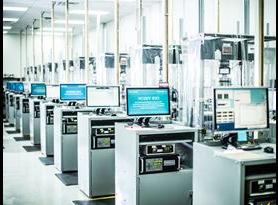
Materials Testing
Our materials testing labs are staffed by Engaged Experts working tirelessly to solve our clients' most complex technical and commercial challenges.
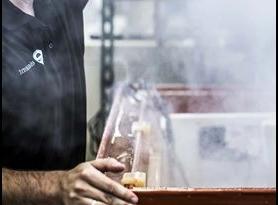
Paint & Coating Material Testing Services
Our experts help ensure that you have the correct coatings for your products, helping them withstand even the most extreme environments.
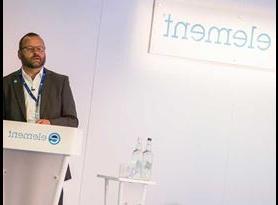
Resources
Discover blog posts, articles, white papers, webinars, and advice from our world-leading testing, inspection, and certification experts.
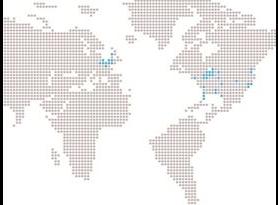
Element Locations
Learn more about our laboratories - where they are located; the unique capabilities they have and how they can help you solve your technical and commercial challenges.
